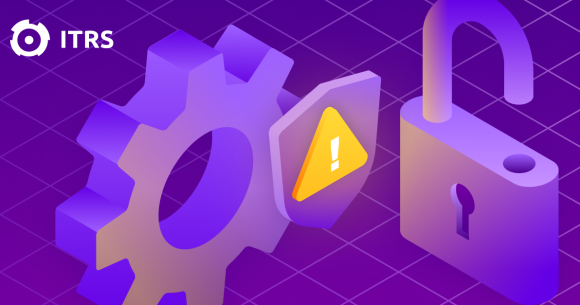Get what you pay for with SLA monitoring
When you buy a product or choose a service provider, you have certain expectations regarding performance levels. Sounds simple enough. But how can you be sure that you are getting what you paid for?
This is where a service-level agreement (SLA) comes into play. An SLA is an agreement between an IT service provider and a customer, for example. It documents what services the provider will furnish and defines the service standards the provider is obligated to meet.
For IT organizations, a service provider may guarantee a certain percentage of uptime over a given period of time. More importantly, customers benefit from SLAs because the contract describes the performance characteristics of the service, which can be compared with other vendors' SLAs. This agreement provides a framework and means for redressing service issues.
If you are a bank or other type of financial organization, customers expect to complete transactions in seconds, not minutes. When financial institutions fail to meet customer service expectations, they can incur significant financial losses in the form of regulatory penalties and lost revenue as well as irreversible reputational damage. Financial organizations need a mechanism by which they can hold service providers accountable, which is why SLA monitoring should be a part of any comprehensive end-to-end systems monitoring strategy.
Recent data suggests that over 60% of failures result in at least $100,000 in total losses, up substantially from 39% in 2019. In some cases, outages can cost millions in regulatory fines and penalties. Key SLA metrics to monitor The following elements are referred to as the SLA thresholds and they also represent monitoring targets for which you need to record and report metrics on a set schedule.
Your SLA definition may include only uptime, or any of the other SLA thresholds:
• Error uptime percentage – SLA uptime results lower than this threshold do not satisfy the SLA target and will cause an error in the SLA reports. Values higher than this threshold (but lower than the desired uptime percentage) will cause warnings in the SLA reporting.
• Desired uptime percentage – SLA uptime results with this value (or higher) are good; they satisfy the SLA target. Values between this threshold and the error uptime percentage will cause a warning in SLA reports.
• Page load time – The maximum page load time as agreed upon in the SLA.
• Operator response time – The amount of time between an alert and the time that an operator logs into the system to confirm the alert and indicate they are working on the situation.
The need for synthetic SLA monitoring
The prevalence of both first- and third-party services within digital supply chains emphasizes the need for complete end-to-end views of the user experience. Internalizing monitoring solely from within one’s own network is not enough, and relying solely on real user monitoring (RUM) will still leave gaps in visibility when trying to determine the root cause of the disruptions and who ultimately bears responsibility for the disruption.
With synthetic monitoring, you test every step of the digital supply chain before there’s an impact on the end user experience. You can then drill down into the analytics to pinpoint the root cause of the issue and troubleshoot a solution. This key aspect of SLA monitoring is crucial as it allows financial businesses time to head off any problems before they trigger an SLA breach and incur lost revenue or regulatory penalties.
Often overlooked is that many performance degradations are localized in specific geographies due to problems with single servers or datacenters or issues with local networks and ISPs. For financial institutions operating internationally, it’s important to monitor website and infrastructure performance from different checkpoints located in cities around the world.
Testing infrastructure from a wide array of locations, ISPs, and cloud networks is vital to ensuring SLAs are being met for optimal end user experiences. After all, the ultimate goal behind any vendor’s SLA monitoring strategy is to ensure that that you minimize the amount of unnecessary penalties and lost revenue.
With a strong synthetic monitoring platform in place, you should be able to catch issues as soon as they arise and fix them quickly — and demonstrate the root cause of issues that lie beyond your control and for which you are therefore not responsible. This approach to SLA monitoring will save your company money in both the short- and long-term and protect your brand’s prestige at the same time.
Learn more about SLA monitoring and how ITRS Uptrends can help by clicking below.




